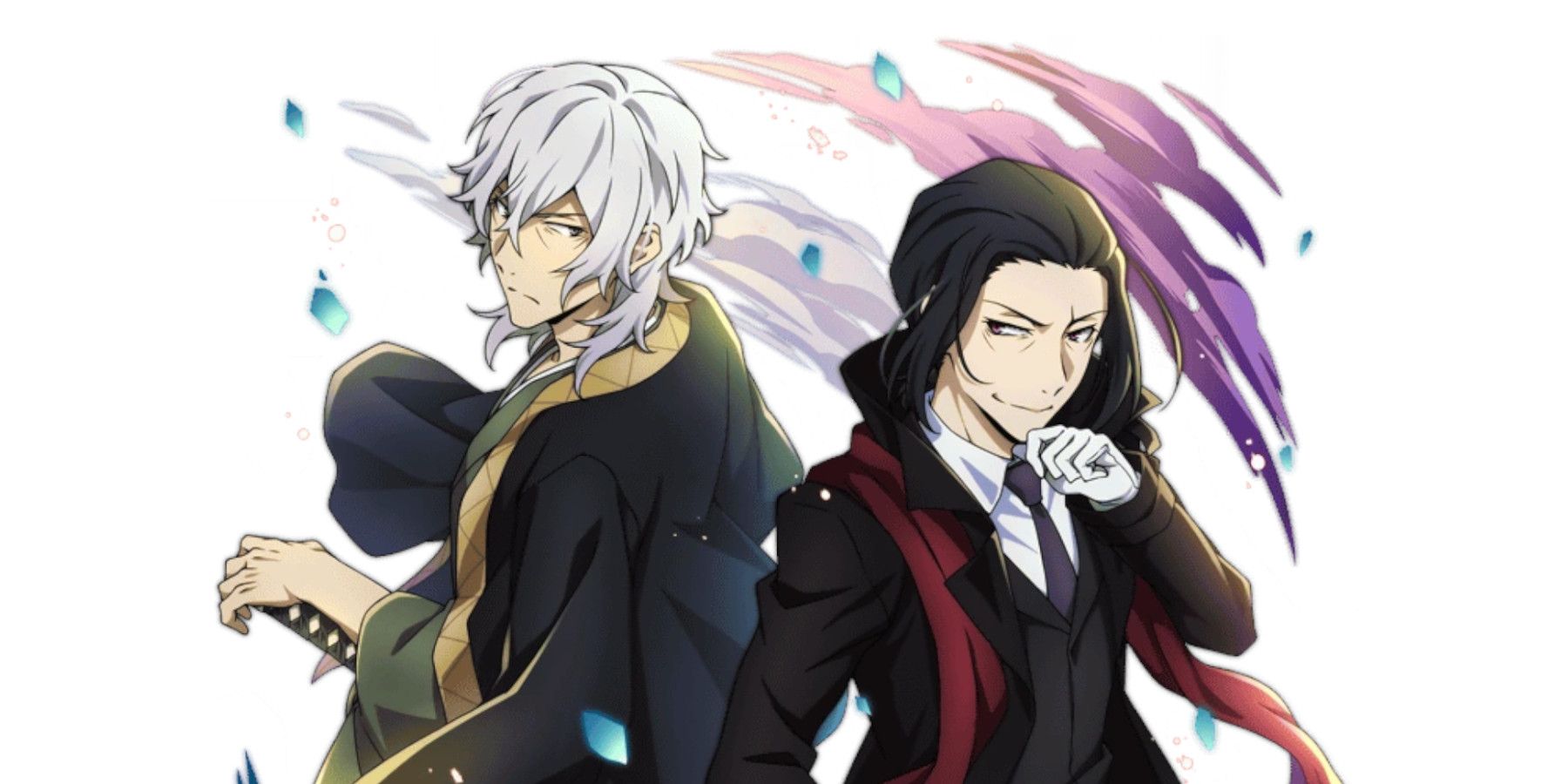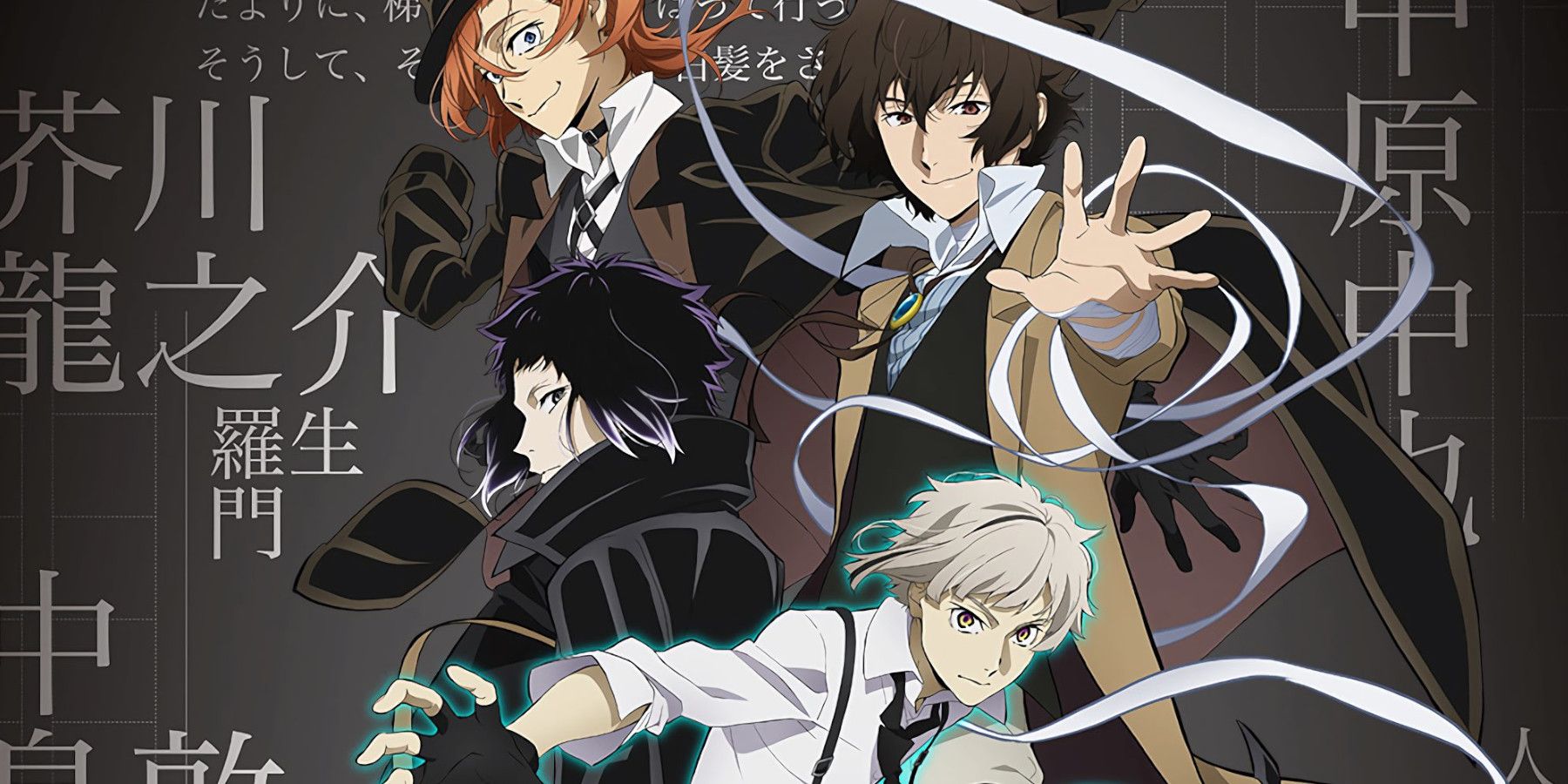Bungo Stray Dogs Season 1 is a novel take on a very classic notion of good versus evil and that's largely what made it so appealing to audiences everywhere. And no faction represented evil so dramatically and stylishly as the Port Mafia, the vicious criminal organization that runs opposite to the protagonists, the members of the Armed Detective Agency.
But even as early as Season 2, this dynamic between the good guys and the bad started to shift in the face of new foes that threatened the city of Yokohama, and the strangest thing happened. This assortment of trained killers, loud-mouth pretty boys, and fearsome executives began to grow on audiences and now, it's hard to think of them as villains at all.
The Terror of Yokohama
Season 1 makes it as clear as possible that the Port Mafia are bad people who have amassed incredible power and influence over the city. In no member is this represented more than Ryunosuke Akutagawa, the chief antagonist of Season 1, and wielder of the monstrous ability, "Rashomon."
His first appearance sees him bomb a police station, presumably killing some civilians, and then he immediately goes after the main character Atsushi. Before he even shows up, Akutagawa's loyal subordinate Higuchi brutally guns down Tanizaki's sister. In the next episode, they introduce the Black Lizard group, the Mafia's elite strike team, who guns down a whole warehouse of workers that were selling their goods on the black market behind the Mafia's back.
A lot of this establishing terror is effective, but it also pays off one of Season 1's best jokes. When the Black Lizard takes the fight to the heroes, it's revealed that the Agency is more than capable of handling the Mafia, much to Atsushi's relief. This is to say nothing of Yosano's ability to heal the members from near death, which grants the story carte-blanche to put the characters through hell.
Just about every part of the story lays the intimidation on thick as it can, either through direct confrontations between the Agency and the Mafia or through world-building. In Episode 5, the mystery surrounding a dead policewoman hinges on the suspicion that they were killed by Mafia, who have a very particular, very brutal execution method.
Season 1 builds up to a battle between Atsushi and Akutagawa, but after this conflict has paid off, the season lingers for two more episodes. One would think it's to wrap up the plot threads and introduce new ones for Season 2 and while that's correct, it's also at this time that the image of the Mafia begins to change.
Ougai Mori first appeared at the end of Season 1, appearing to be a simple doctor at first until the ending revealed them to be the leader of the Port Mafia. His introduction immediately complicates the audience's relationship with the organization because he's actually quite helpful and kind to Atsushi.
And just one episode prior, Higuchi took center stage in a small story about her earning the respect of the Black Lizard group. From the start of Season 2 and onward, Bungo begins to not only explore its antagonists further, but endeavors to make the fans love them as much as the heroes, and it does so with incredible results.
Crime and Punishment
Engaging stories that follow morally gray or villainous characters are nothing new and some of the most acclaimed television hinges on how audiences become invested in flawed people. But such a concept typically hinges on storytelling that persistently leaves the actions of its characters morally gray, and by the currently airing Season 4 of Bungo, the Mafia is remarkably restrained.
The Agency and the Mafia teamed up in Season 2, agreeing to a cease-fire that was only broken in Season 3 when a new antagonist pitted them against each other. Early on in that same season, a character even remarked that with the Guild gone, they shouldn't worry about keeping the peace. But Fukuzawa and Mori, the leaders of the Agency and the Mafia, uphold the peace.
To understand why, Consider HBO's Deadwood, a period piece set during the late 1800s in the titular town of Deadwood, South Dakota, where there are no laws. There is the crime boss Al Swearengen and even with no laws, there is the sheriff Seth Bullock. The two make for an archetypal dynamic that is anything but cut and dry. They start as adversaries but become allies out of a shared desire to protect the peace in the community.
Comparing Deadwood and Bungo Stray Dogs is surprisingly apt given their shared approach to the necessity of the factions that appear diametrically opposed. These stories purport that, under the circumstances, both sides are necessary to help the city thrive, even though they will inevitably clash. In Season 3 of Bungo, this is expressed through the Three-Part Framework.
Even at their worst, the Mafia has a deep love for their city, and while Mori has schemed, betrayed, and killed, all with a smile on his face, even he will not let Yokohama be destroyed. And that's because he and Fukuzawa know all too well what is possible without a hierarchy keeping order.
Every flashback arc in the anime has painted a vivid portrait of what Yokohama was like before the existence of the Framework: rampant with crime, with a wealth of criminal factions. The biggest event was the Dragon Head Conflict, an 88-day-long battle that cost the lives of criminals and civilians alike. This is seen at the start of the movie, Dead Apple.
These flashbacks often have darker, more muted color pallets to emphasize this bloody past as something of historical significance to be learned from. The lesson is clear: without the existence of the Gifted Special Operations Division, the Armed Detective Agency, and the Port Mafia - the Framework - the city would fall to ruin.
What Makes Bungo Stand Out
Obviously, Bungo Stray Dogs and Deadwood are very different, not the least of all in tone, and that's a chief reason why the treatment of the antagonists is so fascinating. If the Mafia of Season 3 were portrayed even slightly close to how they were portrayed in Season 1, it would feel awfully strange. They are still criminals, but it's been a while since the audience has seen them be truly villainous, without some provocation.
Additionally, so many of the heroes of this story are people who were criminals in the past. Dazai is one of the central characters and incredibly likable, but he was once a villain too. The reason fans don't think twice about their favorite characters being part of the Mafia is that they've already fallen in love with people who used to be villains and chose to be better.
Similarly, they've seen characters who tried to be better and never got the chance, or those that doubted themselves until they were shown kindness. For all the theatrical, operatic drama, Bungo Stray Dogs can be quite lighthearted, and so it makes us fall in love with villains because it gives us hope that they can be heroes too.
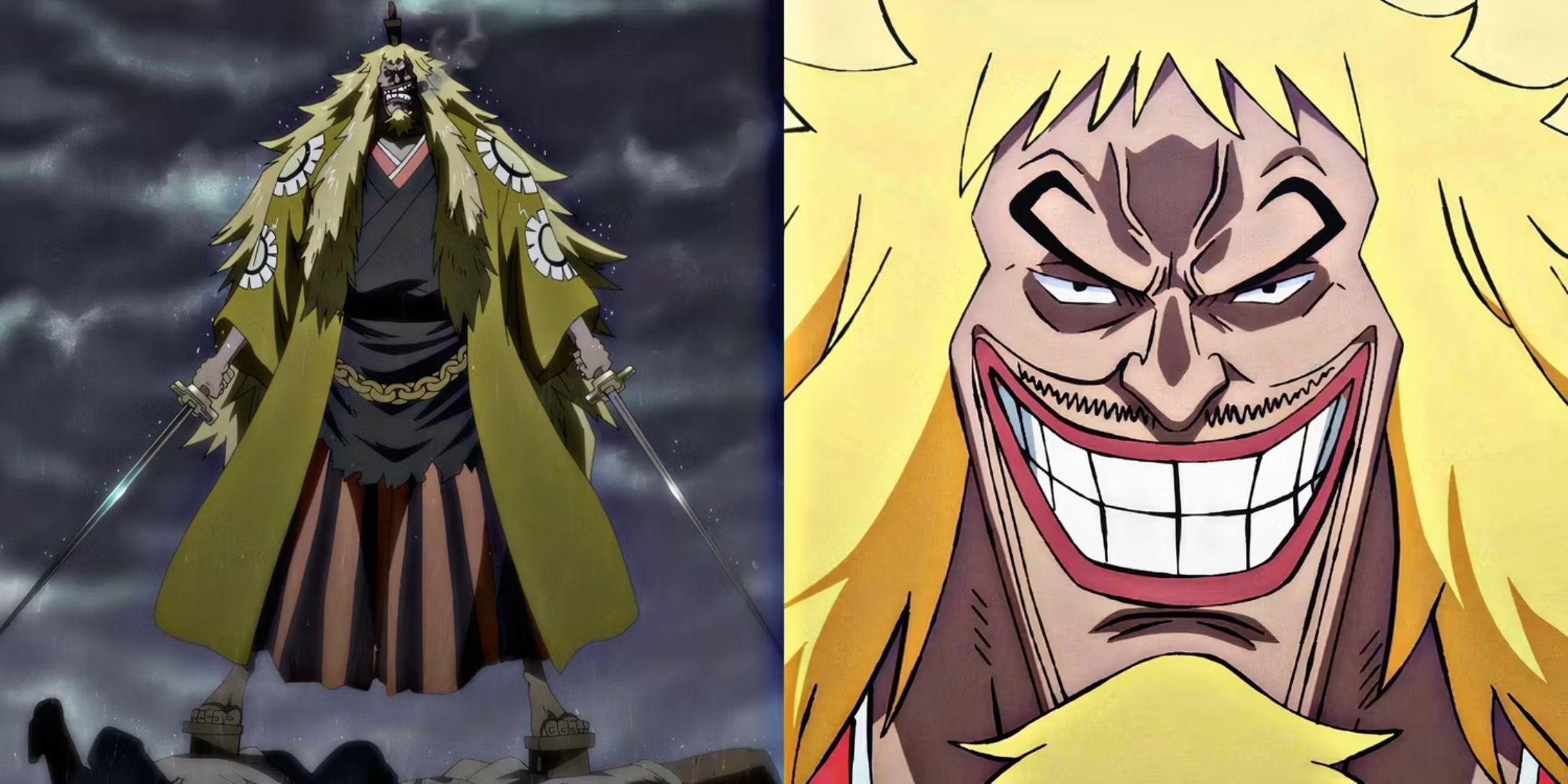
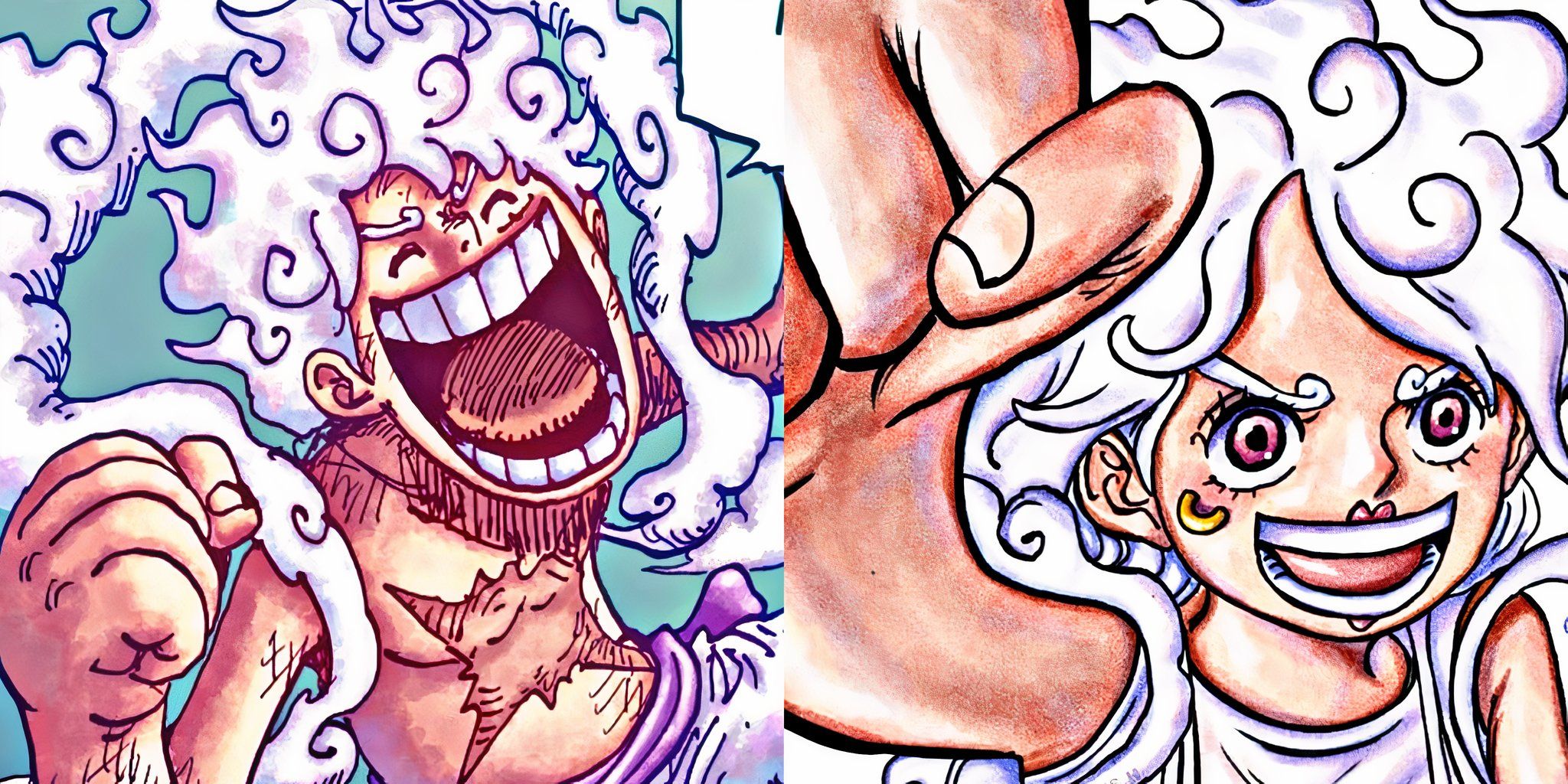
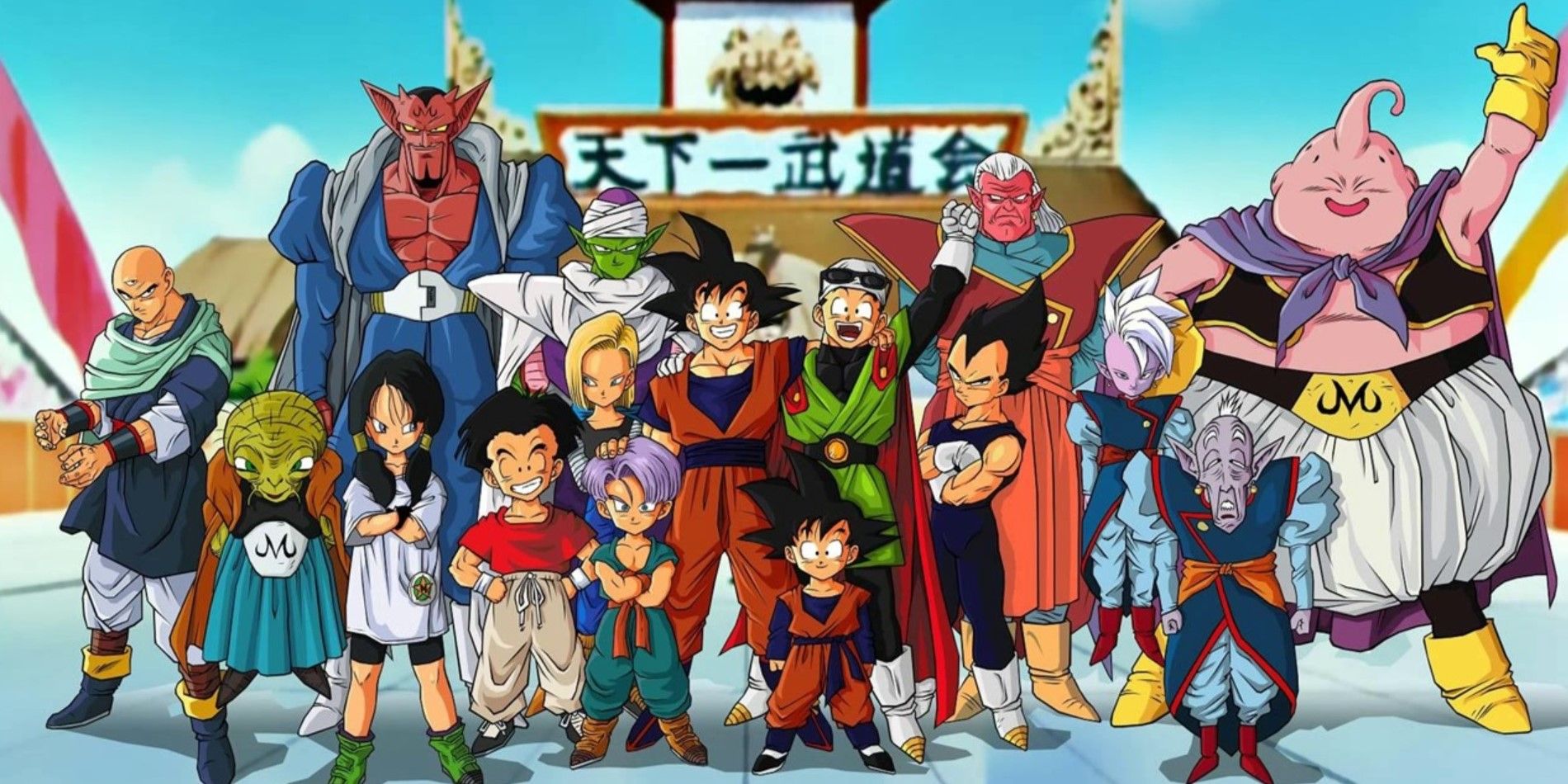
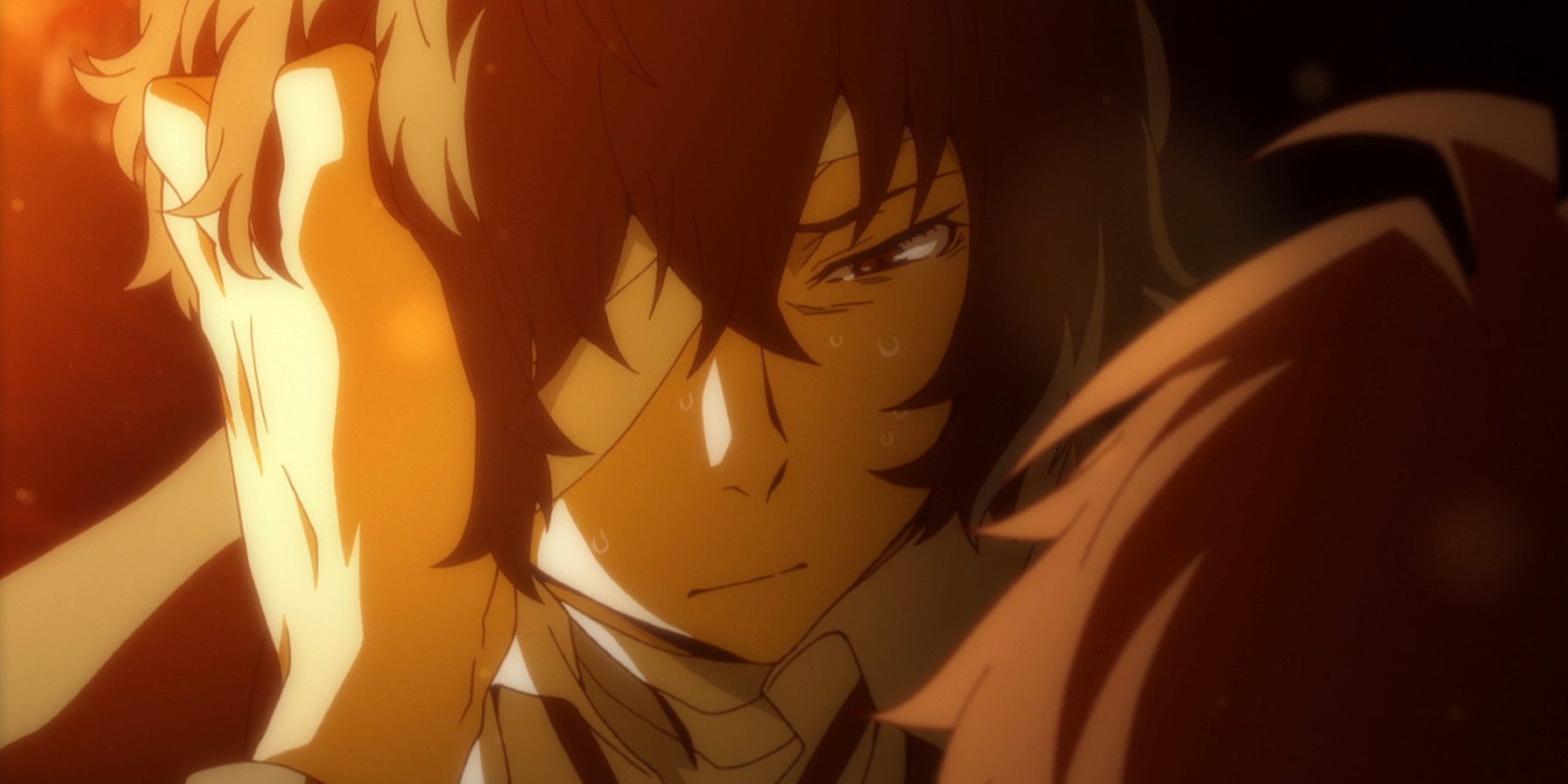
-4.jpg)
